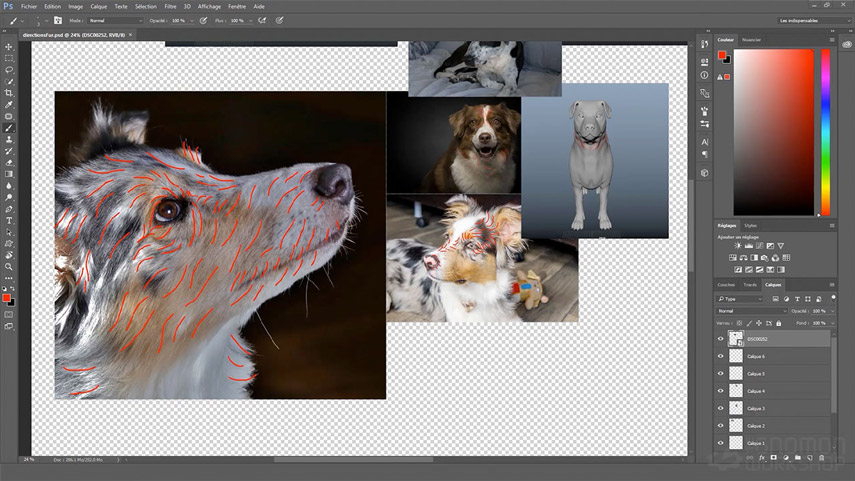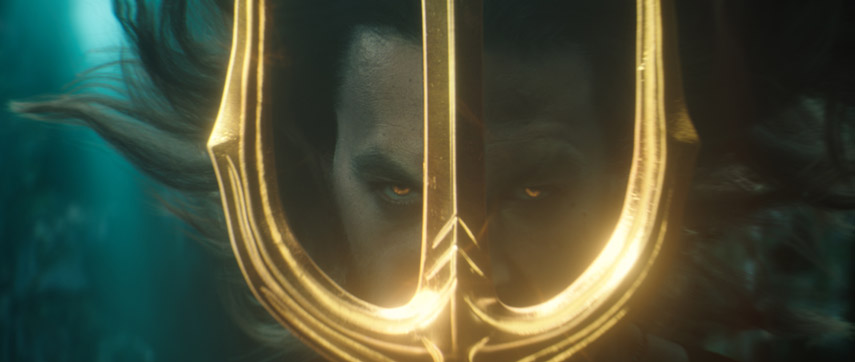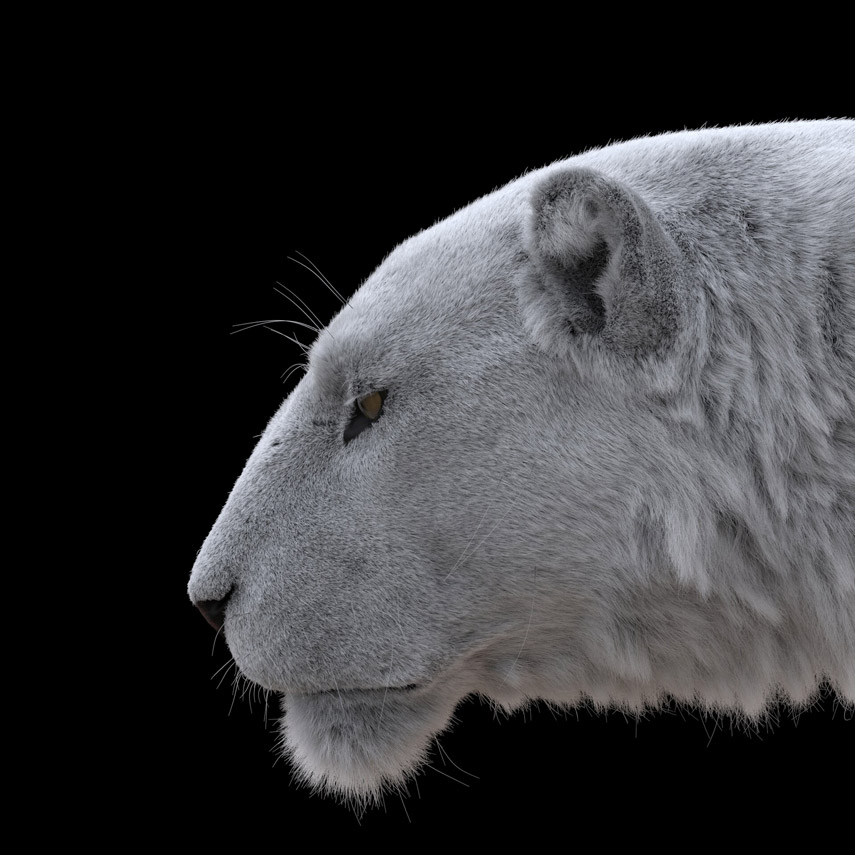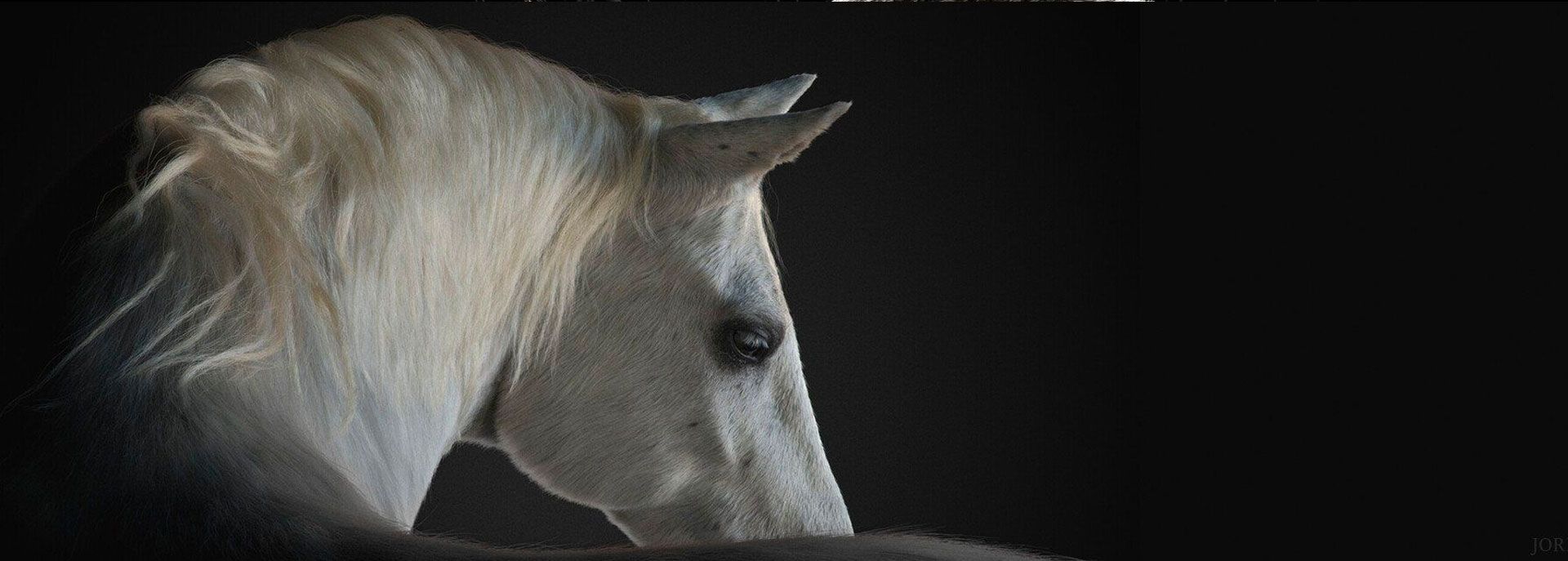Jordan Soler is a Senior Groom Artist for VFX. Jordan has worked for a wide range of clients including Illumination, Mac Guff, MPC, and Animal Logic, and on titles such as Despicable Me, Fantastic Beasts, and Peter Rabbit. With Jordan Soler’s innate ability to flex and adapt to any client’s needs, he has become a sought after artist for a variety of industry projects. Currently based in Vancouver at Image Engine, and very recently at Method Studios, Jordan’s latest projects include blockbuster titles such as Aquaman. To learn more, visit: Jordan Soler’s Art Station and Gnomon Workshop.
GW: Jordan: can you describe what personal projects or freelance work you’re working on lately?
JS: Hi, yes, I’d be glad to! At the end of last year, I joined a new company, Image Engine. Therefore, it's been a very busy new year. I am still figuring out the pipeline, plus, learning an in-house software and Houdini. In addition, I am simultaneously doing quite a few freelance gigs, and offering courses such as CGMA and other tutorials. I am also trying to continue my personal projects which enables me to keep doing what I really like: having a lot of freedom in terms of creation. So right now, I am working on a cartoon asset, modeled by my friend, Felix Ferrand, and based on a design by Denis Zilber. It's a Roman Soldier, very cartoony, quite funny. Basically, I did this project to learn Substance Painter, which is something I always try to do with my projects: learn something new or try something new. Contrary to the Roman Solider, I am also working on a more realistic Goblin asset. I wanted to explore both these projects because they both include things I have not yet done. Plus, I also have started a hyperrealistic horse. It's a lot to juggle at the same time! But, I believe it's the only way to become better.

GW: What are some key things that make you such an effective grooming artist?
JS: It’s hard to answer that question as it is always difficult to make a self-evaluation. But, I would say that one of my biggest strengths is that I am quite flexible and able to adapt myself to a lot of different pipelines and various software. Because I have worked with numerous companies (most of which have their own property software), I had to learn from scratch new software such as Furtility, Alfro, and Glimps. So, right now, I am able to work on most of the grooming software, but, of course, the more it grows, the faster I must learn the next, newest one. It's like learning different languages when you already know four to five of them, it gets easier. I also think that being able to switch from cartoon to VFX helps me being flexible.
I also think that doing a lot of personal work and basically spending two-four-six hours a day, pushing my 3D skills when I get home, is definitely helping me becoming a valuable groomer. Mostly, though, I hope I am a good co-worker. That shows how much I care for my work, which is my passion.

GW: Out of all the various software you use, do any stand out as top notch/preferred, and why?
JS: Well, if I had to select one, I would probably say xGen. It's probably not fair to choose one which is not on the market. So yes, I guess it's definitely the one I would choose. It's coming with Maya, you can deliver high quality assets, which can be animals, humans, creatures … without facing any big issues. There is not that many bugs as soon as you know how to work with it. There is obviously bad stuff with xGen, but in my opinion it's the most flexible, and the best grooming software in the market right now.

GW: Can you describe any challenges that pop up when working on blockbuster titles such as Aquaman and how do you overcome those?
JS: Aquaman was an amazing show to work on, but also a very weird show to me. Two years before, I had already worked on Jason Momoa's hair when I was at MPC, for the movie Justice League. So it was kind of weird at the beginning to make a digital double that I already did two years prior, and had spent a lot of time on. At the same time, it was a very different challenge for me as it was an underwater groom, with a lot of close up shots, and absolutely all the hair replaced by CG hair. I would say, the main challenge for this digital double was to find the right balance between recreating his haircut so people can recognize it, and making the underwater feeling—so it looks and feels like he really was underwater. We definitely spent a lot of time on it, and, it was a lot of back and forth with the character FX team to be able to reach the artistic and technical look that we wanted.
I guess the best way to overcome all the challenges is to first have great communication with everyone who is involved in the asset. It's something that I have learned with the experience. Having the ability to listen, but also to come with ideas to solve issues, and being able to ping the right person / department when you need them is very important. And the second thing is just to push yourself and to be honest. Even after going home for the day, I felt the need to find a solution for a specific technical issue. So that is what I would do: after arriving home, I’d open Maya and try stuff for the next day. A lot of passion and patience is key.
Lastly, I’ll mention another challenge in addition to digital double. And that is creating animals. I think the most difficult asset in my career so far in terms of an animal was probably Flopsy (one of the rabbit girls in Peter Rabbit). It was an amazing experience working on that high quality level asset in Sydney for Animal Logic, but it was crazy difficult. The movie is hyper-realistic with designed characters. I mean, you have rabbits, able to talk, able to move like humans, but people have to believe that they are real rabbits at the same time. To me, that is one of the most difficult things in 3D to achieve. You have to match real references, but you can't match to them in the same time, so it's all about finding the right balance between what makes a rabbit a rabbit and what you can change to keep the design. It's a big mix between artistic and technical skills, and that's amazing.

GW: Are there key differences to your approach when working on a project in different industries? Examples: TV and film, or VFX versus animation, etc.
JS: I haven't worked in every industry, but for sure there is a lot of different approaches. Even between companies, approaches are going to be very different. When you're working with very big companies such as MPC, you have already an amazing pipeline setup, and everything's going in the same way (and often the right way) since it’s been established for many years prior. The result: it's way easier to deliver a great asset. You will have a lot of time working on one asset, a lot of assistance, people around you who are there with years of experience to help fix any issues. But at the same time, the sad part is that if it was someone else working in your place, then the asset would probably have been almost the same result at the end.
However, when you're working with smaller companies, such as Image Engine (which is still relatively larger than some companies), you will face different issues that you would probably never encounter at MPC. At the same time, you may feel more valuable and you can have the feeling that if it was someone else working in your place, the result would be different. So both have their pro and cons. Personally, I love being able to switch between working on the same asset for nine months to deliver a very high quality asset, and then spending time helping develop a pipeline, or finding way to make great grooms in less time, if say, the company does not have nine months to spend.
In terms of industries, I guess the biggest differences that I have been facing are mostly between VFX and animated movies. They both have their own way to work. I do think that you have more freedom / creativity with animated movies, as the design is not completely fixed sometimes. You can bring a bit of your ideas / creativity into it. On VFX movies, when you have to match a digital double, you basically try to be as close as you can to the photo references. It's not harder or easier, it's just very different, and the skill requirements are not the same, even though you can obviously have both of them in your belt.

GW: What led you to becoming an instructor and mentor and what advice do you find yourself most often sharing with your students?
JS: I like to share my knowledge. Before being an instructor, I was basically streaming (on my twitch account) my personal work. Every night I was going home, turning on my stream and working with a few people who were watching, conversing, and asking for advice. I really liked that feeling: doing something you like, and at the same time, helping others get better. In addition, those interactions can also be helping the streamer—translating ideas and advice both ways. It was really cool to have some viewers share with me that because I was working, they were also motivated to work, and they’d do just that with my video in the background. Of course, as I got busier, I had less time to stream, but, after I arrived in Vancouver, the school called Think Tank Training Center, asked me to record two videos, two hours each about grooming (thanks Oba). I was really excited and stressed to do this, but, after doing it, I was quite happy with it and wanted to continue doing it. Then, I did it for Gnomon, CGMA, and more. It's very cool to feel that your helping people to get into the industry, and it is also a funny thought to think that I might end up working with people that have followed my tutorial / courses.
To me, the advice that is very important to share is this: I want to let people know that there is no shortcut, and no special tricks to becoming a groomer, or anything else really. It's a lot of hard work, moments of fighting with the software, and restarting. There is no magic button to push, there is nothing easy that will make an asset bad to amazing. It is all about taking the right time to learn. And, definitely, the most important thing is to understand what you're doing. Never ever reproduce what someone else is doing, never ever try to copy values that the instructor is putting on his tutorial. It's all about understanding and how much you like and how much you are passionate about what you're doing. I won't recommend anybody to become a groomer if you don't like it at 120%. Life is too short to spend ten hours a day doing something that you don't really like. There are many things to do, so don't do a job you don't like.
GW: What stands out to you about your experience teaching at Gnomon Workshop?
JS: : First of all, when I was a student I was watching some Gnomon tutorials, it was to me a kind of dream to join the Gnomon School, to be part of the Gnomon Workshop. So I was very happy to work for Gnomon and create content for them. It was kind of a goal that I am now able to validate on my checklist. What I really liked is the fact that Gnomon Workshop producers gave me a lot of freedom on the content that I wanted to create. I was pretty much able to make any animal that I wanted, choose what I wanted to teach and how I wanted to teach it. That is rare and that was a great feeling that Jason trusted me. In conclusion, I am really glad that I have been able to be a part of Gnomon tutorials, and also very happy / proud because I have received emails from student who bought the tutorial and learned a lot. That's the best: to know in the end, that people are learning from you.

GW: What has been your most influential project to date and why did it impact you?
JS: Well, that is a very tough question because I think all the projects I have worked on have really impacted my life. For example: the short movie that I did during my school definitely gave me the opportunity to become a groomer, therefore, I suppose that one had the biggest impact on my life. But, then, Mac Guff gave me the opportunity to start my career, so Despicable Me will always be the first movie I worked on. And that's the movie who helped me go to the VFX industry, at MPC. MPC helped me get to Animal Logic. And Animal Logic was the turning point in my career. It's definitely a company that a lot of people would love to work with, but it's not that often that you have the opportunity to go there. And having this chance really helped me to become a better groomer, and to face more responsibilities, such as becoming better at communicating with teams and supervisors, etc. In addition, I think if I had to choose only one, I would say Peter Rabbit, because it's the one that made me grow from being an artist trying to figure out how to be a groomer, to someone in the industry who had to talk with supervisors, deliver very high quality assets, etc. I was also living very far from my country (twenty-five hours by flight), so I had to grow a lot during those months. It was fantastic and I will never be thankful enough to all the companies and people that made me what I am right now. All of the companies I have worked with have changed my life in a positive way, and I do not have any regrets.
GW: So much gratitude to you, Jordan Soler. Thank you for sharing your invaluable insight!
JS: Thank you so much for the interview. I really loved working with Gnomon and I truly hope that my courses and advice will be useful for people.




Related News
Beauty in the Beast: Neville Page on Burnout, Mindset & Creative Survival
May 07, 2025
Beauty, Beasts & Better Pipelines: Neville Page on Digital Design & Practical Makeup
May 07, 2025
Capturing Assets & Environments for Call of Duty: An Interview with Gui Rambelli
Feb 10, 2025